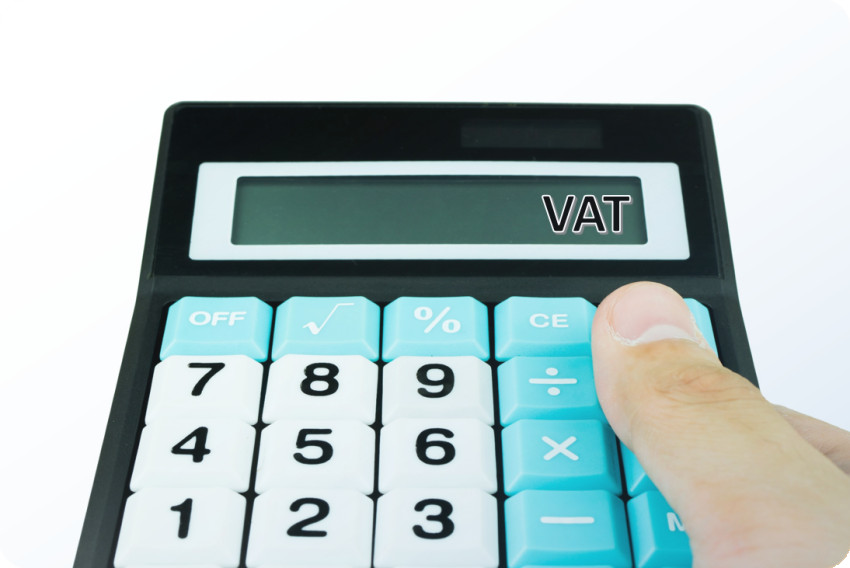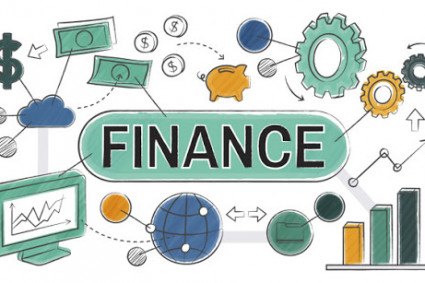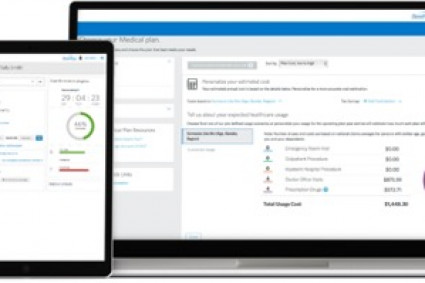
When embarking on the journey of VAT registration in the UK, businesses often face a crucial decision: choosing between the Standard and Flat Rate VAT Scheme. This decision isn’t made lightly; it requires careful consideration of various factors to ensure compliance and optimize financial efficiency. One indispensable tool in this journey is the Flat Rate VAT vs Standard Calculator, a vital resource that aids businesses in making informed decisions. Let’s delve deeper into the nuances of these VAT schemes and understand how this calculator can be a game-changer.
What is Standard VAT?
The Standard VAT Scheme is the conventional method of accounting for VAT in the UK. Under this scheme, businesses calculate VAT on their sales and purchases, deducting input tax from output tax to determine the amount payable to HMRC. It follows the principle of taxing the value added at each stage of production and distribution, aligning with the European Union’s VAT directives.
What is Flat Rate VAT?
On the other hand, the Flat Rate VAT Scheme simplifies VAT accounting for small businesses by applying a fixed flat rate percentage to their turnover, rather than calculating VAT on individual transactions. This streamlined approach aims to reduce administrative burden and enhance cash flow for eligible businesses with an annual turnover below £150,000. While it offers simplicity, it’s crucial to understand its implications to ensure it aligns with your business model and financial goals.
Difference between Flat Rate VAT vs Standard VAT Scheme
- Calculation Method:
- Standard VAT Scheme: Businesses calculate VAT on each transaction, subtracting input tax from output tax to determine liability.
- Flat Rate VAT Scheme: Applies a fixed percentage to total turnover, simplifying calculations by not considering individual transactions.
2. Administrative Burden:
- Standard VAT Scheme: Involves meticulous record-keeping and VAT calculation for every transaction, potentially increasing administrative workload.
- Flat Rate VAT Scheme: Offers a streamlined approach, reducing administrative burden as businesses apply a fixed rate to total turnover.
3. VAT Liability:
- Standard VAT Scheme: VAT liability fluctuates based on input and output tax, depending on business activities and expenses.
- Flat Rate VAT Scheme: VAT liability remains constant, determined by the fixed flat rate percentage applied to turnover, irrespective of expenses.
4. Eligibility Criteria:
- Standard VAT Scheme: Generally suitable for businesses with significant input tax deductions or complex transactions.
- Flat Rate VAT Scheme: Designed for small businesses with turnover below £150,000, offering simplicity and potential cost savings.
5. Financial Implications:
- Standard VAT Scheme: Provides flexibility for businesses with varying input and output tax, but may involve higher administrative costs.
- Flat Rate VAT Scheme: Offers simplicity and predictability, potentially reducing VAT liability for eligible businesses, but may not suit all business models.
Why Require Flat Rate VAT vs Standard Calculator
The complexity of VAT regulations and the unique circumstances of each business necessitate a comprehensive tool to evaluate the financial implications of choosing between the Flat Rate and Standard VAT Schemes. A Flat Rate VAT vs Standard Calculator serves as a beacon of clarity in this intricate landscape, empowering businesses to make well-informed decisions tailored to their specific needs. Whether it’s assessing potential cost savings or evaluating eligibility criteria, this calculator provides invaluable insights.
How to Use Standard vs Flat Rate VAT Scheme Calculator
Using a Flat Rate VAT vs Standard Calculator is a straightforward process that can yield profound insights into your VAT obligations. Follow these simple steps to leverage the power of this tool:
- Input Financial Data: Start by entering essential financial details into the calculator, including your annual turnover, expenses, and industry type. This information forms the basis for calculating VAT liabilities under both the Standard and Flat Rate VAT schemes.
- Calculate VAT Liabilities: Once you’ve inputted the necessary financial data, the calculator springs into action, processing the information to generate VAT liability estimates. It meticulously calculates VAT obligations for both the Standard and Flat Rate VAT schemes, providing accurate insights into your potential tax liabilities.
- Comparison and Analysis:
- With VAT liability estimates in hand, the calculator facilitates a comprehensive comparison between the two schemes. Users can evaluate not only the estimated VAT liabilities but also consider other crucial factors such as cash flow impact and administrative burden.
- By analyzing these insights, businesses can make informed decisions regarding the most suitable VAT scheme for their operations. Whether prioritizing simplicity, cost savings, or compliance, the calculator equips users with the clarity needed to navigate the complexities of VAT regulation effectively.
In the realm of VAT compliance and financial management, the choice between the Flat Rate and Standard VAT Scheme is pivotal for businesses across the UK. Navigating this decision requires a deep understanding of the nuances of each scheme and its impact on your bottom line. The Flat Rate VAT vs Standard Calculator emerges as a beacon of clarity in this complex terrain, offering a structured approach to evaluating your VAT obligations and optimizing financial efficiency.
Navigating the intricacies of VAT compliance and financial management can be daunting, especially for small businesses juggling multiple priorities. Consider partnering with experienced small business accountants to streamline your VAT processes, optimize tax efficiency, and unlock growth opportunities. With their expertise and guidance, you can navigate the complexities of VAT with confidence and focus on driving your business forward.




